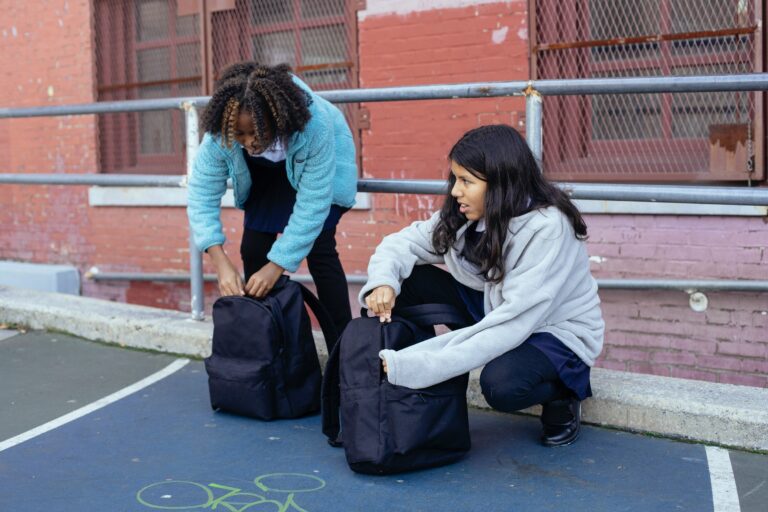Cultural responsiveness

I have always credited my upbringing for laying the foundation for my cultural inclusiveness. Growing up in Trinidad and Tobago was an experience in which diverse cultures are valued and their distinctive contributions cherished and celebrated. We are fortunate in Trinbago to have such a rich and diverse culture.
The many distinct cultures that have a major influence on the culture of Trinidad and Tobago are the Amerindians, Portuguese, Spanish, Africans, East Indians, Chinese, and others. Growing up with the many cultural influences seemed normal and I never gave thought that it would be so useful in the classroom.
Cultural responsiveness
Today, in the state in which I reside, cultural responsiveness requires individuals to be culturally competent. This competency is having an awareness of one’s own cultural identity, having tolerant views about differences, and the ability to learn and build on the varying cultural and community norms of students and their families. It is simply the incorporation of different cultural experiences, including but not limited to language, family, traditions, religion, social status, and the connection to student’s success in the classroom and beyond.
Culturally responsive learning works well when educators create a welcoming environment for all students. Children are unable to learn if they feel unsafe. School should be a place where children can find themselves in a judgement free zone and expect to be treated with dignity and respect. When this environment is nurtured, then the child can feel safe and comfortable.
Fostering a safe environment
There are many things educators can do to foster a safe environment. For example, just being aware and understanding that everyone reacts to situations differently based on their own experiences, cultural backgrounds, and perspectives, so it is a good idea to show respect for the opinions of others. Practising empathy during student interactions shows that you are thinking about their feelings, considering their experiences and imagining what it feels like to be in their shoes.
Secondly, we need to be setting high expectations to prepare children for independent learning. When the environment is intellectually challenging it allows the child to discover different coping strategies, take risks and use critical thinking to succeed. For example, expand or support the mindset that having high expectations means caring about more than just a grade, but also each child’s individual growth and character development. We should also advocate for the physical access of all members of the school community that are challenged in any way and for varied ways of learning (i.e., presentations, small groups, etc.)
Thirdly, become more inclusive within the curriculum to allow marginalized voices to be heard. It provides more opportunities to learn about various communities and their struggles, allowing students to become agents of change. Inclusivity also works to dismantle systems of biases and inequalities. As an educator you need to check your biases at the door and prepare an open mind. Start by asking questions about self, community, and society that may serve as opportunities to connect in-school learning with the world outside the classroom. Learn about your students’ likes and dislikes, their family dynamics and heritage.
Finally, teaching and learning is an adaptive process which needs ongoing, professional growth and this allows learners to develop and sharpen a critically conscious lens toward instruction, curriculum, assessment, history, and culture. Challenge yourself to learn about people, cultures, languages, orientations, abilities, and socioeconomic backgrounds that are different from your own. Don’t beat yourself up if you don’t know everything because mistakes will occur. What you must do is to take ownership and accountability after making mistakes, using your mistake as an opportunity to learn and to further academic and emotional growth.
Remember, as an educator, you want to provide a welcoming environment for all your students because children are unable to learn if they feel unsafe in their space. Learning can only occur when the child feels safe and comfortable. Once this is accomplished, then you set high expectations to prepare the children to take risks and use critical thinking to succeed. Make sure to check your biases at the door, encourage inclusivity and create opportunities to learn about various communities and their struggles thus allowing students to become agents of change. Finally, never stop learning!
Subrina Hall Azih is a Trinidadian Educator residing in New York.






